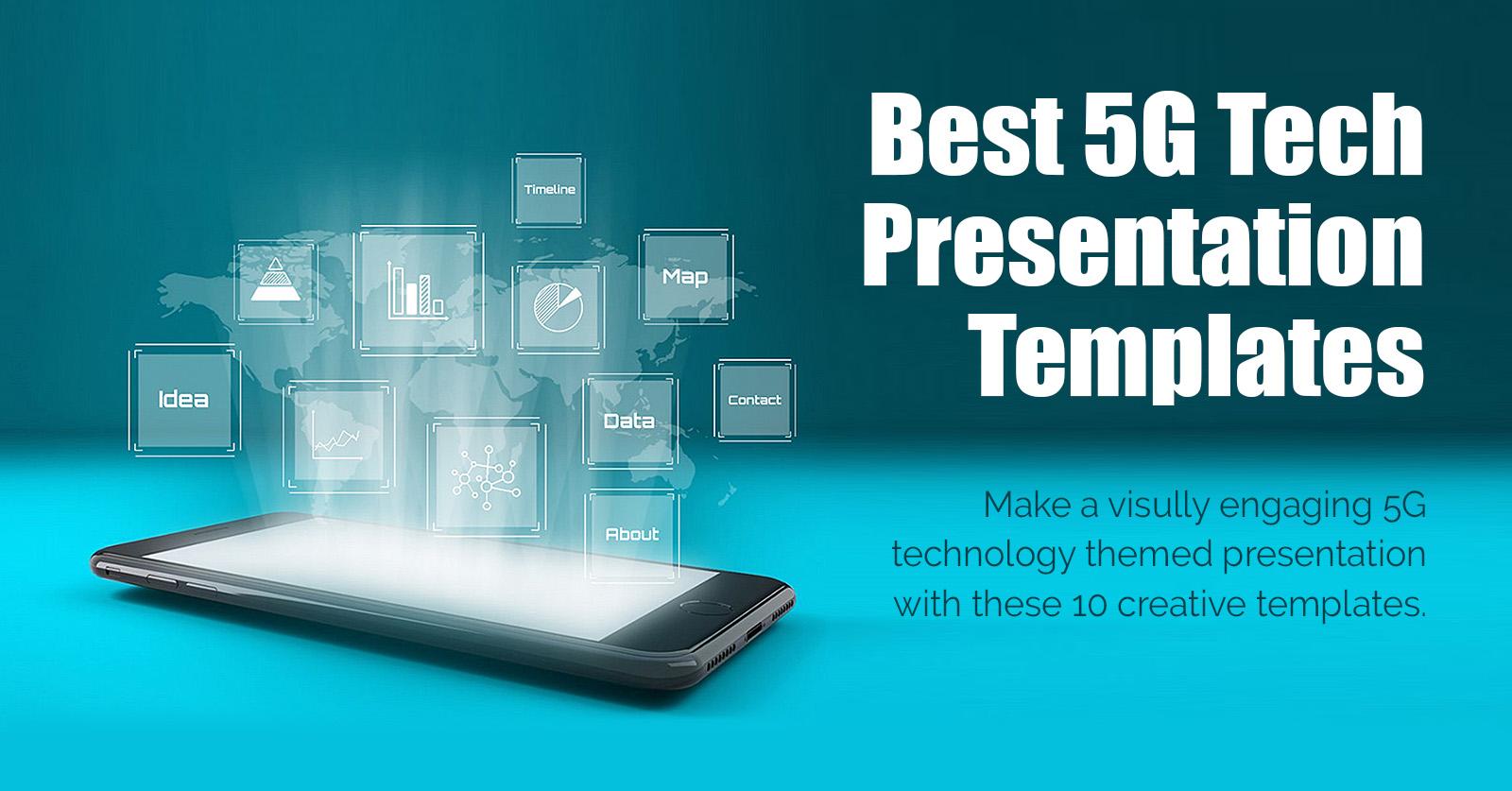How 5G Revolutionizes Online Learning: enhancing speed, Accessibility, and Engagement
The world is witnessing a digital revolution, and at the heart of it lies 5G technology. As digital learning becomes more integral to education systems across the globe, 5G’s unmatched attributes are transforming the landscape of online learning. With its high-speed connectivity, ultra-low latency, and enhanced bandwidth, 5G is unlocking new horizons for students, educators, and institutions. in this comprehensive article, we’ll explore how 5G revolutionizes online learning by empowering speed, improving accessibility, boosting engagement, and shaping the future of digital education.
understanding 5G: A Brief Overview
5G, or the fifth generation of mobile networks, is more than just the successor to 4G LTE. It offers:
- faster download and upload speeds: Up to 100x faster than 4G.
- Ultra-low latency: Response times as swift as 1 millisecond.
- Massive device connectivity: Supports more connected devices concurrently.
- Improved reliability and coverage: Consistent performance in crowded areas
These features make 5G a game-changer for industries relying on seamless, real-time digital experiences — especially online education.
How 5G Is Transforming Online Learning
the impact of 5G in online education is profound. let’s break down the remarkable changes across the pillars of speed, accessibility, and student engagement.
1. Enhancing Learning Speed and Efficiency
- Rapid content delivery: 5G’s gigabit speeds allow instant streaming and downloading of large video lectures, interactive simulations, and high-definition content.
- Buffer-free live sessions: Virtual classrooms run smoother with virtually no lag, ensuring that students experiance real-time interactions without interruptions.
- Quicker feedback and assessments: Teachers can provide instant feedback, quizzes, and collaborative tasks that update in real time.
2. Boosting Accessibility for remote and underserved Areas
- Closing the digital divide: With its robust wireless infrastructure, 5G bridges connectivity gaps in rural and low-income urban areas where wired internet may be weak or absent.
- Seamless mobile learning: Students aren’t tied to desktops — high-speed learning is available on smartphones, tablets, and even wearable devices, making education more accessible than ever.
- Inclusive learning for all: Enhanced connectivity means students with disabilities or special needs can participate fully via assistive technologies and adaptive content.
3. Maximizing Engagement Through Advanced Technologies
- Immersive AR/VR experiences: 5G supports augmented reality (AR) and virtual reality (VR) tools in education, making virtual field trips, scientific simulations, and interactive labs possible from anywhere.
- Interactive collaborative platforms: Real-time group projects,peer discussions,and synchronous brainstorming are elevated by lag-free collaboration platforms.
- Personalized learning paths: Data-driven insights and AI-powered analytics work seamlessly with 5G,customizing learning materials for each student’s pace and interests.
Real-World Case Studies: 5G’s Impact on Digital Education
Several pioneering institutions and EdTech platforms have already begun exploring how 5G revolutionizes e-learning. Here are a few standout examples:
- South Korea’s 5G-Powered Smart Schools: With a nationwide 5G rollout, South Korean schools offer AR-based history lessons and real-time science experiments, even connecting classrooms across regions.
- United Kingdom’s Virtual Campus Pilots: Universities such as Coventry and the University of Glasgow have launched 5G-enabled campuses, providing smooth streaming of 360-degree lectures and live Q&A sessions on mobile devices.
- Remote Learning in Rural Africa: Nonprofits are leveraging 5G’s reach to deliver streaming lessons and digital resources to students in remote villages previously left out of the digital age.
These successes underscore how 5G in education isn’t just a promise — it’s already transforming learning for thousands worldwide.
Benefits of 5G for Students, Educators, and Institutions
- Faster access to resources and learning materials
- More interactive and immersive learning experiences
- Improved accessibility for students with special needs
- Flexible learning from any location
- Smoother video lectures and assessments
- Enhanced interaction and feedback channels
- Capability to leverage cutting-edge teaching tools (AR/VR, AI)
- Expand reach to global or remote learners
- Lower infrastructure costs compared to wired solutions
- Offer a competitive, future-proof digital campus
Practical Tips to maximize 5G in Online Learning
- Upgrade devices: Ensure your devices (phones, tablets, laptops) are 5G-capable to take full advantage of improved speed and reliability.
- Adopt AR/VR-enabled platforms: Explore learning management systems that integrate immersive technologies for deeper engagement.
- Encourage digital literacy: Provide training for both educators and students on maximizing the benefits of 5G and advanced EdTech tools.
- Optimize content for mobile learning: Make sure digital resources are accessible across smartphones and tablets to leverage 5G mobility.
- Prioritize cybersecurity: As connectivity widens, ensure robust security protocols to protect student data and privacy.
Overcoming Challenges and considering the Future
While 5G-enhanced online learning offers numerous benefits, there are hurdles to consider:
- Infrastructure rollout: Establishing widespread 5G coverage, especially in underdeveloped areas, still requires considerable investment.
- Device costs: The price of 5G-compatible gadgets can be prohibitive for some students and institutions.
- Security risks: With more devices connected, maintaining data privacy and cybersecurity is paramount.
Tho, as technology matures and becomes more affordable, these barriers are expected to shrink, paving the way for truly accessible, personalized, and globally connected education.
Conclusion
The advent of 5G technology is revolutionizing the world of online learning by delivering lightning-fast speeds, bridging the accessibility gap, and facilitating deeply engaging, personalized educational experiences. Schools, universities, and EdTech innovators are already tapping into 5G’s power, laying the groundwork for the future of learning. As 5G continues to expand, its transformative benefits will become accessible to millions more, ensuring no learner is left behind. Embrace the 5G revolution in education today and spearhead a new era of digital learning!

